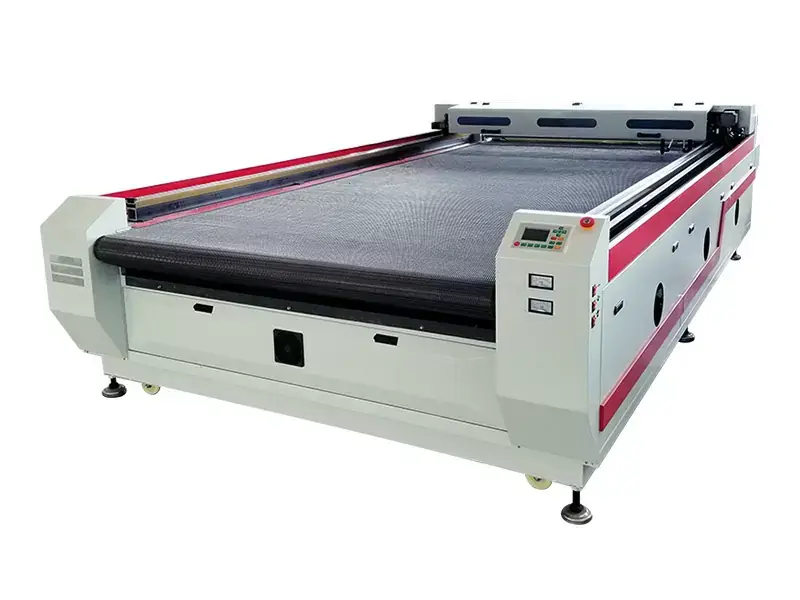There are safety certifications and standards that you should consider when choosing a laser engraver, as they ensure that the machine meets certain safety requirements.
Here are a few important certifications and standards to look for:
FDA Compliance: In the United States, laser engravers are regulated by the Food and Drug Administration (FDA). Laser engravers should comply with FDA regulations, particularly if they are intended for commercial or industrial use. The FDA provides guidelines and regulations for the safe operation of laser devices.
CE Marking: The CE marking is a conformity mark that indicates the product’s compliance with European Union (EU) safety, health, and environmental protection standards. It is mandatory for many products, including laser engravers, to be CE marked before they can be sold within the EU market.
Classifications and Laser Safety Standards: Laser engravers are classified based on the potential hazards they pose. The International Electrotechnical Commission (IEC) has established laser safety standards (IEC 60825) that classify lasers into different classes (Class 1, Class 2, Class 3R, Class 3B, and Class 4) based on their power levels and safety requirements. Make sure the laser engraver you choose meets the appropriate laser safety standards for the intended use.
UL Certification: Underwriters Laboratories (UL) is an independent safety certification organization that tests and certifies products for compliance with specific safety standards. While UL certification is not specifically required for laser engravers, some manufacturers voluntarily seek UL certification to demonstrate their commitment to safety.
Compliance with Local Regulations: Depending on your location, there may be specific safety regulations or standards that laser engravers must meet. Familiarize yourself with the local regulations and ensure that the laser engraver you choose complies with them.
It’s important to note that the presence of these certifications and standards doesn’t guarantee absolute safety, but they indicate that the manufacturer has taken steps to meet certain safety requirements. Additionally, always follow the manufacturer’s instructions for safe operation, use appropriate personal protective equipment, and ensure proper training and supervision when operating a laser engraver.
What are the specific safety requirements outlined by the FDA for laser engravers?
The FDA provides guidelines and safety requirements for laser products, including laser engravers. While I can’t provide an exhaustive list of all the specific requirements, I can outline some general safety considerations and recommendations for laser engravers based on FDA guidelines:
Access Control and Interlocks: Laser engravers should have appropriate access controls and interlocks to prevent accidental exposure to laser radiation. This may include safety switches, key locks, or protective enclosures that prevent the laser from operating when the enclosure is open.
Warning Labels and Signage: Laser engravers should have visible warning labels and signage indicating the presence of a laser and associated hazards. laser engraver for metal These labels should provide information about laser class, power output, and safety precautions.
Beam Path Safety: The laser beam path within the engraver should be fully enclosed and designed to prevent unintentional exposure to the laser beam. This helps protect operators and bystanders from accidental exposure.
Emergency Stop Function: A laser engraver should be equipped with an easily accessible emergency stop function that immediately terminates laser operation in case of emergencies or unsafe conditions.
User Manuals and Training: The manufacturer should provide comprehensive user manuals that include safety instructions, proper operational procedures, maintenance guidelines, and recommended safety precautions. Adequate training and instruction on the safe use of the laser engraver are essential for operators.
Compliance with Laser Classifications: Laser engravers should comply with the appropriate laser classification standards (such as Class 1, Class 2, etc.) based on their power output and safety features. The laser classification should be clearly stated by the manufacturer.
It’s important to note that the FDA guidelines may evolve over time, and it’s advisable to consult the FDA’s website or contact the FDA directly for the most up-to-date and detailed information regarding safety requirements for laser engravers.
Additionally, compliance with other safety standards, such as the IEC 60825 laser safety standards, CE marking, and UL certification, may also indicate that the laser engraver meets certain safety requirements.
